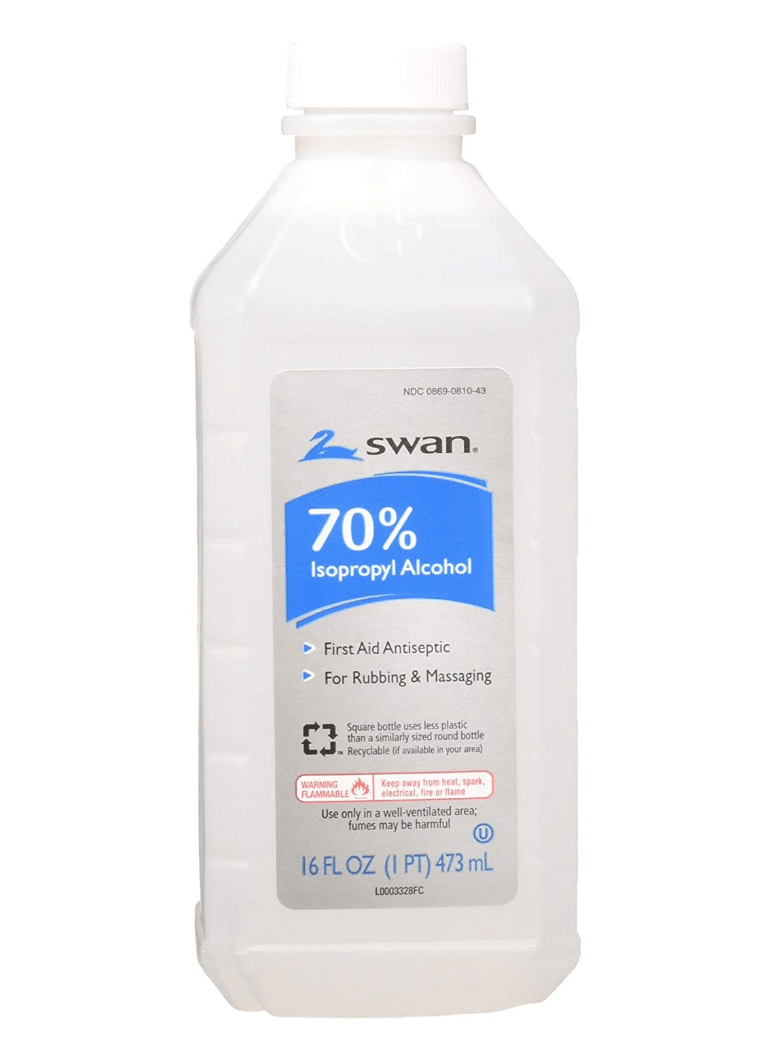As the Wuhan coronavirus continues to spread, stores are being ransacked for hand sanitizers. Many shops have run out of stock and manufacturers are apparently finding it difficult to keep up with the demand. However, not all hand sanitizers are equal. According to the U.S. Centers for Disease Control and Prevention (CDC), only the ones composed of at least 60 percent alcohol are capable of preventing the spread of germs.
Unfortunately, people seem to be buying hand sanitizers without knowing this crucial fact. “Some of the hand sanitizers made by the brands Purell and Germ-X rely on benzalkonium chloride instead of alcohol as the active ingredient.
Such non-alcohol antiseptic products may not work as well for many types of germs… or may merely reduce the growth of germs rather than killing them,” according to Pro Publica. If you are unable to find a good hand sanitizer, here is a way to make one right at your home.
Homemade hand sanitizer
To make the sanitizer, you will need a container, rubbing alcohol (Isopropyl alcohol), essential oils of your choice, aloe vera gel, and a spray bottle. First, fill two-thirds of the container with alcohol. Next, add 10 to 15 drops of essential oils. If you are unsure of which ones to go with, use lavender and tea tree oils. These oils not only infuse the sanitizer with an amazing smell but also have strong antibacterial properties.

Fill the remainder of the container with aloe vera gel. This is necessary to make the solution gentler on your skin. However, be sure to not overdo it and mix in too much as aloe vera can dilute the mixture and reduce the potency of the sanitizer. Finally, give the container a good shake and pour the mixture into a spray bottle.
Do a patch test to ensure that the sanitizer does not cause any skin irritation. Only continue using it if the patch test turns out to be okay. Keep in mind that hand sanitizer alone is not going to protect you from germs and viruses. Always follow other hygiene rules in conjunction with using the sanitizer. These rules include avoiding touching your face very often, washing your hands with soap and water, etc. Only then can you keep yourself safe.
Using a hand sanitizer
Several studies have shown that hand sanitizers largely work well in clinical settings when the hands are usually not greasy or soiled too much. “Hands may become very greasy or soiled in community settings, such as after people handle food, play sports, work in the garden, or go camping or fishing. When hands are heavily soiled or greasy, hand sanitizers may not work well… Handwashing with soap and water is recommended in such circumstances,” according to the CDC.

The right way to use hand sanitizers is by first applying the product to the palm of your hand and rubbing it all over the surface of both hands until they are dry. Keep in mind that hand sanitizers only deal with germs and not inorganic elements like chemicals, heavy metals, and pesticides.
Plus, swallowing hand sanitizers can end up causing alcohol poisoning. As such, keep the item away from places where kids might easily get their hands on them. When children do use the hand sanitizer, ensure that they thoroughly wash their hands and educate them to never lick the skin that has been rubbed with the sanitizer.








